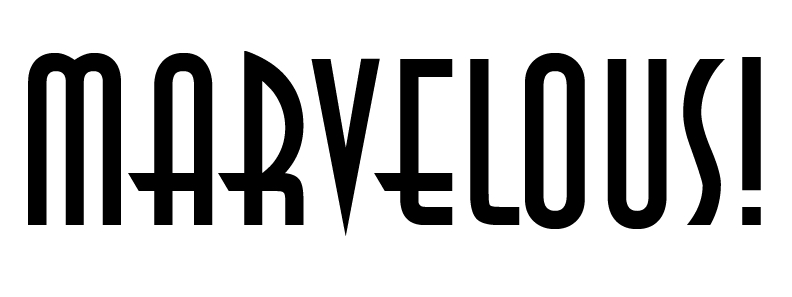By Pamela Backus
No matter the shape or material a charm is made of, charms and the wearing of them can be traced back to ancient time. Whether the wearer was a child or an adult, rich or poor, humans have been wearing charms since humans first breathed.
As Deborah Alun-Jones and John Ayton put it in their book, Charming, “From Ancient Egyptian scarabs and Chinese tortoises to today’s fabulous diamond pave star dangling from a bracelet, the astonishing range of shapes and materials mean that there is a charm to appeal to everyone.”
The earliest charms were just that, charms used to ward off evil spirits and give protection. The scarab charm of Egypt has been used since 4,000 BC. It was considered the symbol of a person’s spirit or “life-force” and was said to be able to guarantee rebirth in the afterlife. Charms made from blue and white concentric circles were used to ward off the “Evil Eye.” Other charms, such as the tortoise, were used to bring the wearer wisdom and to protect him or her from sudden death.
Charms rooted in superstitions aren’t the only ones that have remained popular for thousands of years. Early Christians wore charms, not so much for luck, but for identification and divine protection. Many of the symbols and designs are still popular today.
Saint Christopher was said to have carried the Christ child across a river, and Saint Christopher medals are often used by people who travel to signify that the traveler has asked for divine protection. Other Christian-based charms that have endured through the centuries are the icthus and the cross. These charms were, and are, worn to signify that the wearer is affiliated with Christianity.
Charms have been used through history as tokens of luck. People in many cultures believed that both the shape of the charm and the material it was made of determined how much and what type of luck it brought a person. In China, one of the more popular charms is the likeness of Buddha, and it is believed that if it is made out of jade the power of the likeness is enhanced.
The most well-known symbol of luck is the horseshoe, considered lucky for many reasons. The U-shape was thought to trap the gaze of the Evil Eye, and the crescent embodies the symbol of the new moon.
Animal bones and teeth have also been used for luck and protection. During the 1800s in England, wearing a tiger claw was thought to ward off evil, a belief that traveled from Britain-held India. Sharks’ teeth were thought to offer special protection from poisoning by the Maltese people. Other popular luck-bringing charms include stars, four-leaf clovers, and keys.
Charms have long been symbols of love, whether they are lockets with a picture inside or lock of hair from a loved one, a memento of a special event or place, or a classic symbol of affection. A nearly universal symbol of love, the heart has been one of the most prevalent and enduring charms of all time.
Even gemstones in charms can convey affection. Amethysts represent romance, rubies passion, and diamonds, the hardest gemstones, everlasting love. Another charm given to loved ones is the Mizpah, a two-part charm, most often given to soldiers, a custom that dates back to Victorian times.
Charms have evolved over the years from items worn for luck and protection to a map of memories from a life well lived. Charms can be found in nearly every shape and size, from baby shoes and bottles to commemorate a birth, to diplomas for graduates, to just about anything that can be imagined.
How charms are worn has also changed. They are now worn or put on anything from bracelets to necklaces to cell phones. Not only are charms and charm bracelets keepsakes for the person who collected them, they often become heirlooms for future generations.
M!
April/May 2012
See Pamela’s story on charm bracelets: Charming Memories

Leave a Reply